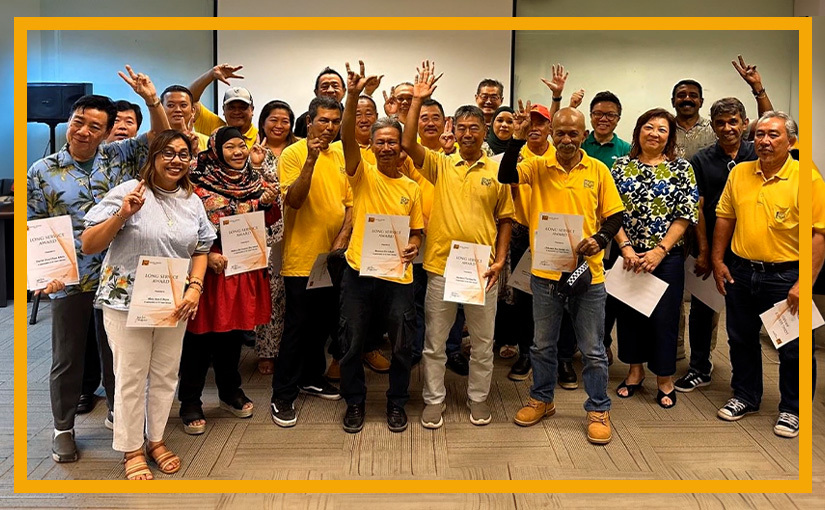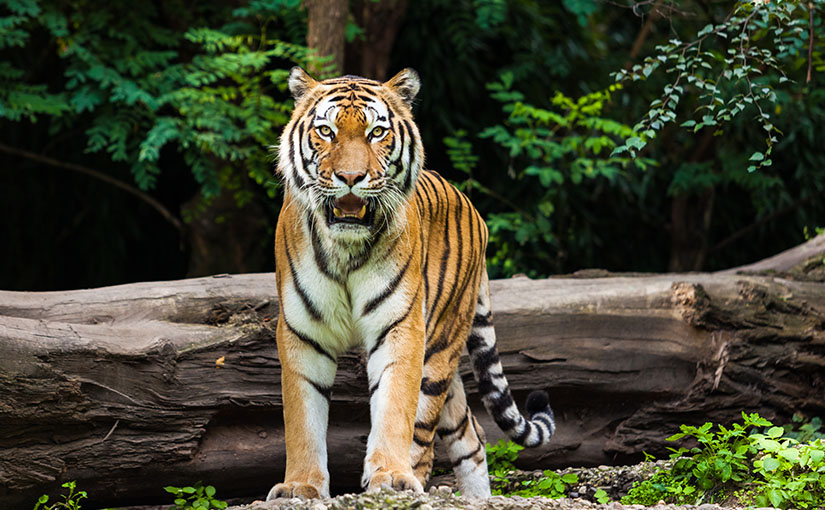Conservation Story 9: Two Grown-up Tiger Cubs are Moving to the Northwest of Tiger Range
- Asian Tigers Group
-
Home » News » Industry News » Conservation Story 9: Two Grown-up Tiger Cubs are Moving to the Northwest of Tiger Range

It’s very interesting to write Conservation Story 9, let’s continue reading!
Early in 2018, the tiny village of Aleksei-Nikolskoye had a unique, dangerous problem. A wild tigress began to visit the village and started stealing dogs from the locals. The villagers tried to shoo her off by shouting and shining the lights to no avail; she would not quit. This was very atypical behavior; residents and tigress both were in great danger. It is then that wildlife experts stepped in to resolve the situation without killing the endangered animal.
On 2nd February 2018, the tigress was named Kazachka after being captured and sent to the Alekseevka Rehabilitation Center for further treatment. The decision to capture her had not been easy at all. From her behavior, it was apparently clear that something was wrong. Experts thought that Kazachka might be having cubs, and was stealing dogs to feed them. This theory soon proved correct, when tracks of two tiger cubs were found near the village. The discovery marked an epic chase, to save the cubs and reunite them with their mother.
The Chase for the Cubs
The catching of wild tiger cubs is not an easy task, much less so in the rough and huge landscapes of Russia’s Far East. It is the first time horses have taken part in the chase, so there is no other option but to ride across the terrain and track the elusive cubs. Thus, with combined efforts, wildlife experts, local authorities, and volunteers caught the two cubs. The babies were placed in the same rehabilitation center as their mother, Kazachka, to start recovering and learning how to survive by themselves in the wild.
The moment Kazachka was returned to her cubs at the Alekseevka Rehabilitation Center was a great success, but the trials were only beginning. The cubs themselves were still tender and vulnerable, and Kazachka’s behavior had already given indication that something was wrong. Experts at the center knew they had to be very careful to protect both the tigers and the people working at arm’s length with them.
A Close Call: The Pavel Fomenko Incident
This March, during vaccination, Kazachka’s protective instincts came to the fore. Vaccination of the tigers began in March 2018 at the rehabilitation center by the staff, including Pavel Fomenko, coordinator of WWF Russia’s rare species conservation program at the Amur branch. Feeling danger due to a possible threat to her cubs, Kazachka attacked Fomenko at a speed of up to 80 km/h.
The attack was sudden and fierce, but thanks to great presence of mind on the part of the medical team, Fomenko’s life was saved. Doctors in Primorye treated him immediately; a second serious surgery was performed in a Moscow hospital. The incident has worked as a strong reminder for the risks involved working with predators and stringent safety measures in wildlife conservation.
The Alekseevka Rehabilitation Center has taken serious safety measures regarding safety following the incident. There is now a double layer of double stainless steel wire over the enclosure housing Kazachka and her cubs, with the addition of a perimeter dense plastic barrier to minimize disturbance to the tigers. These measures have been of much importance to ensure that such an incident was not repeated and for the safety of the animals and the conservation staff.
He thanked all those involved in improving safety works, citing his attachment to Kazachka and her cubs. He underlined their well-being and how conservation efforts help save endangered species.
Rehabilitation Journey: From Rescue to Release
While it was previously about their immediate need for safety, it was now focused on long-term rehabilitation with a view to eventual release back into the wild. Testing her hunting skills was quite literally a high-stakes test of whether Kazachka could fend for herself out in the wild, taking place six months after capture.
Unfortunately, Kazachka did not pass the test. It became clear very soon that she could not be released into the wild and set free, despite the efforts of the rehabilitation team. It was decided to transfer her to a zoo in Krasnoyarsk, where she would be provided for in controlled conditions. Of course, that is very pessimistic, but there are still some positive hopes from the team concerning the future of her cubs, who continue their rehabilitation at the center.
The cubs seemed to develop well. During the rehabilitation, they became accustomed to a carnivorous diet, acquired the necessary hunting skills, and reacted appropriately to potential threats. By early 2019, more than one year since being first brought to the Alekseevka Rehabilitation Center, the cubs were ready to take the next step in their journey.
The Release: A New Beginning for Kazachka’s Cubs
In spring 2019, the cubs were transferred from Primorsky to Amurskaya Province for their release into the wild. That moment marked a gigantic step in their journey and was a victory for the conservation team who had worked tirelessly to ensure their survival.
One of the cubs was taken for a female and named Marta after the month of March, but turned out to be a male and was later named Pavlik in honour of Pavel Fomenko. Fomenko claimed he became attached to the cubs and had high hopes for them in the future. He wanted them to thrive in the wild, free from poachers and human depredations.
The release of Pavlik and his siblings became possible only through the hard work, dedication, and perseverance put into their rescue and rehabilitation by everyone. On another level, it underlined that there was so much more to do in conservation to protect endangered species, such as the Amur tiger.
Conclusion: The Legacy of Kazachka and Her Cubs
The story of Kazachka and her cubs is one of both the challenges and the rewards of wildlife conservation. Not every battle along their way ended as one could wish, yet the happy rehabilitation and release of these two cubs showed very well how dedicated conservation efforts could affect endangered species.
Today, while her days are passed within the safety of a zoo, Kazachka’s cubs rumble in the wild forests of Amurskaya Province—a living, breathing illustration of hope for an Amur tiger population facing a bleak future. Their story inspires us to further press on in this fight to save the most vulnerable creatures of our planet and ensure a place for them in the world for generations to come.









